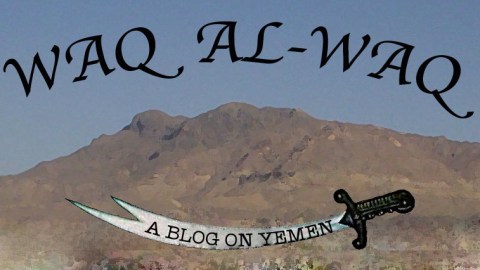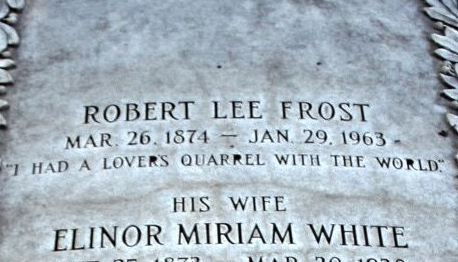Sowing the Wind: Three years of strikes in Yemen

Three years ago, on December 17, 2009, the Obama administration launched its first strike on what it believed to be an AQAP training camp in southern Yemen.
Unfortunately, what the Obama administration believed to be a terrorist training camp turned out to be a bedouin encampment, and the Cruise missiles equipped with cluster bombs ended up killing at least 55 people, including 35 women and children.
That opening strike in the US’ war against AQAP in Yemen was a disaster, a strike so bad that the Pentagon lawyer who authorized it famously said later: “if I were Catholic, I’d have to go to confession.”
Of course, that strike also had a radicalizing effect on people in southern Yemen and – despite US claims to the contrary – appears to have driven recruits into the waiting arms of AQAP.
The US, we have been told over and over, has worked hard in recent years to make sure that something like the al-Majalla strike never happens again. Not only because it kills civilians but also because it actually exacerbates the problem the US is trying to solve in Yemen: the continued threat of AQAP.
This week, three detailed, hard-hitting pieces make clear that the US is still making way too many mistakes in Yemen and, in the process, helping to radicalize many more people than it is killing.
The first piece by Sudarsan Raghavan of the Washington Post, details exactly how damaging these mistaken strikes are to the US’ overall goals in Yemen.
As one man tells Raghavan: “If I am sure the Americans are the ones who killed my brother, I will join al-Qaeda and fight against America.”
This is exactly what people told me on my latest trip to Yemen in September/October earlier this year. When the US kills women, children and tribesmen (whom the US considers militants, but Yemenis all to often do not) the US is driving people to join AQAP, not because al-Qaeda’s ideology or theology has suddenly become palatable to them, but rather because as Raghavan’s article points out: AQAP is the only one fighting back against the country that killed their relatives.
This is a serious problem.
Letta Tayler for Human Rights Watch also has an excellent if heart-wrenching piece at Foreign Policy on the aftermath of that failed strike from earlier this year.
Like Raghavan’s piece this is a must read and when read together two paragraphs jumped out at me.
First, from Talyer’s piece:
“Seven of the victims were breadwinners. Now we have 50 people in our village with no one to care for them,” said Awadh, the local sheikh. “Who will raise them? Who will educate them? Who will take care of their needs?”
Now from Raghavan’s piece, talking about the same strike:
AQAP sent emissaries to Sabool to offer compensation to the victims’ relatives, seeking to fill the void left by the government, which has provided no compensation to the survivors and the families of those killed. Some relatives have joined AQAP since the attack, said Hamoud Mohamed al-Ammari, the security chief of Radda.
This is clear: the US bombs, kills civilians and AQAP sends compensation – ie, helps out the families that have been killed – and takes advantage of the carnage the US has sown to reap more recruits.
This is at once all too sad, and at the same time all too predictable.
The current approach implemented by the Obama administration is not dismantling, disrupting and defeating al-Qaeda as we are so often told. Instead it is exacerbating the problem and expanding the threat.
The third must read article on three years of bombings in Yemen is this piece by Jeffrey Fleishman and Ken Dillanian of the LA Times. This time dealing with the November 7 strike on ‘Adnan al-Qadhi, which has been a particular obsession of mine recently, because I find it incredibly difficult to believe that al-Qadhi was A.) an imminent threat or B.) impossible to arrest.
And that, it seems, is also the view of at least one former official that the LAT spoke to: “A former senior U.S. intelligence official said Qadhi’s arrest for the 2008 embassy attack would not have been enough to put him on an assassination list.”
Which, of course, brings us back to the question of why the US decided to kill al-Qadhi in the first place?
It is, as is the case with so many things about how the US is conducting its war in Yemen, a question without an answer.
We don’t know if this was a tip from Yemeni intelligence, a tip from Saudi intelligence, if this was a case of the US getting played like it was played in 2010, a mistaken strike, a case of Yemenis settling scores through the US, or something else entirely. But with no oversight the odds of future strikes like this are incredibly high.
There is, however, one thing I’m certain about. For the past three years in Yemen, the US has been sowing the wind.
One of the stories that haunts me is that of the 6-year-old boy Salim, who I write about in my book and who attended the crucifixion of a man AQAP found to have cooperated with the US in the killing of Salim’s father earlier this year.
At the crucifixion, Salim who was sitting on the shoulders of one of his father’s friends, pointed up at the man on the metal cross and said: “There is the traitor who killed my father.”
US strikes and particularly those that kill civilians – be they men or women – are sowing the seeds of future generations of terrorists.





